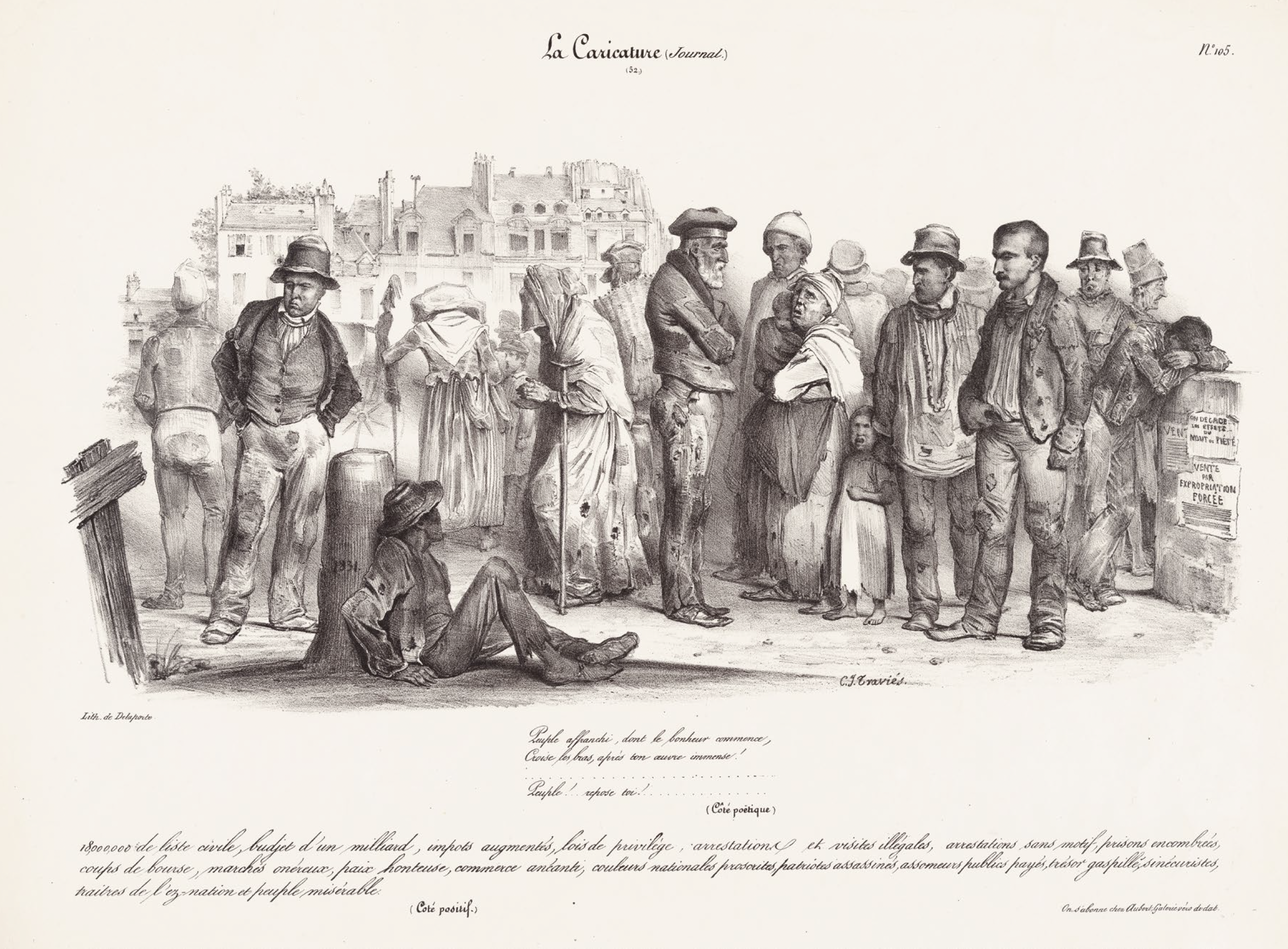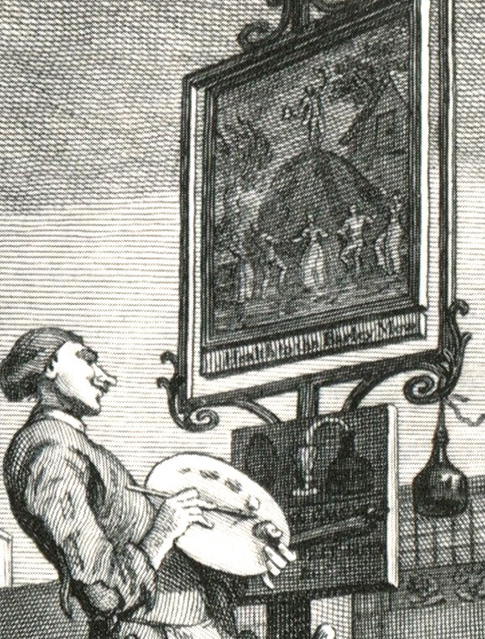Alexander Roob]
[November 2, 2010
Me too in Verdun # 2 – On the Views and Drawings of the War Traveller Goethe.
II) The Old Empire Strikes Back
Just a few months after the disastrous end of the campaign against France, Goethe once again functioned as a monarchist campaign propagandist – this time in putting down the Mainzer Republik, the first democratic state on German soil, which had been established with the support of the French revolutionary army. Goethe was well familiar with one of the main initiators of the Mainzer Republik. It was the Danzig-born universal scholar Georg Forster, who stood for the exact opposite of the petrifying conservatism of Goethe in regard to both the open-minded, cosmopolitan orientation and the union of scientific, poetic and political ambitions.
Georg Forster, Connochaetes gnou, 1772, Bleistiftzeichnung (London, Natural History Museum, Zoology Library).
Goethe had met Forster together with other acquaintances in Mainz on his way to the French campaign. In his war memoirs, Campagne in Frankreich 1792, Goethe wrote that they were “in the most cheerful mood”. The precondition of this relaxed atmosphere, however, was the omission of any political topic whatsoever: “[…] one sensed that one had to spare each other: for if they did not entirely deny their republican views, I was apparently rushing to march with an army that was to put a decisive end to precisely these views and their effects.” After their encounter in Mainz, the paths of the two political opponents never crossed again: During the same time as Goethe was returning from the failed campaign, which in Forster’s opinion was a complete “fool’s campaign”, the city gates of Mainz were already opening for the French revolutionary troops that had invaded German territory. When six months later Goethe camped with the imperial army before the gates of the republican capital, Forster, in his capacity as deputy chairman of the Rhenish-German National Convention, was in Paris to submit to the National Assembly a petition requesting that the Mainzer Republik become part of the French Republic.
Georg Melchior Kraus: The Siege of Mainz, Etching, 1793 (Ausschnitt)
After the siege of Mainz had been tightened, the four-week barrage – which Goethe called a “spectacle” – commenced, during which the gradual devastation of the city was experienced by a “countless crowd” of curious battle onlookers on the surrounding hills and from a safe distance as an open-air event. There are no known pictorial records of this by Goethe. However, as a visual reporter he had on his coat-tails the two artists Georg Melchior Kraus and Charles Gore, who had followed him from Weimar.
Georg Melchior Kraus: Charles Gore – Dejeuner de Kleinwintersheim, 17. Juni 1793, Pen,Watercolors (Stiftung Weimarer Klassik).
The results of the two differ entirely from Goethe’s drawings of the French campaign in regard to both method and viewpoint. Weimar-based Charles Gore was a master of the camera obscura and had also taught his artist colleague Kraus the use of this optical instrument. The watercolour of the bombed Liebfrauenkirche, which Kraus painted with the help of the camera after the conquest of Mainz, is evidently inspired by comparable works of the veduta painter Bernardo Bellotto, who thirty years earlier had depicted the Dresden Kreuzkirche destroyed by Prussian bombs.
Georg Melchior Kraus, Liebfrauenkirche in Mainz after the bombing, 1793, watercolors (Städelsches Kunstinstitut Frankfurt).
Bernardo Bellotto: The Ruins of the Kreuzkirche Dresden, 1765 (Gemäldegalerie Alte Meister, Staatliche Kunstsammlungen Dresden).
Bernardo Bellotto: Die Ruinen der Pirnaischen Vorstadt, Dresden, 1763 (Troyes, Musée des Beaux-Arts).
The motto of Goethe’s war memoirs, “Auch ich in der Champagne! (Me too in Champagne!)”, alludes to the motto of his trip to Italy (Auch ich in Arkadien / Me too in Arcadia) and thus refers to the connecting genre of voyage pittoresque. His description of the bombardment of Mainz is also held in the mode of the picturesque, as a spectacle in which “the disaster itself promised to be picturesque.” The two friends, Gore and Kraus, lured by this expectation, took special delight in the nightly explosions, which offered them the much appreciated opportunity to again take up the subject of volcanic night pieces, tried and tested in Italy since the 16th century.
Jakob Philipp Hackert, Vesuv by night, 1779, Öl auf Leinwand (Privatbesitz).
Anonym, nach einem Gemälde von J.G. Schütz, The Bombing of Mainz, 1793, Etching
– Abriged work. For notes and further details please check the original German version.-










